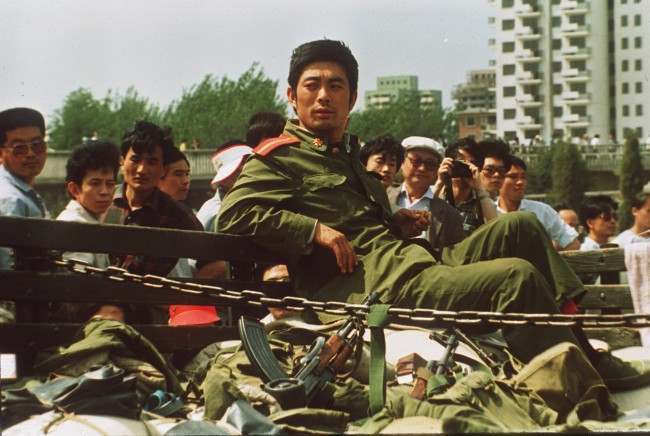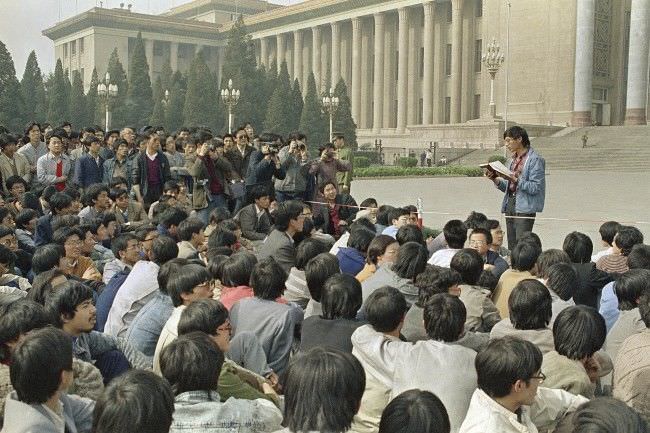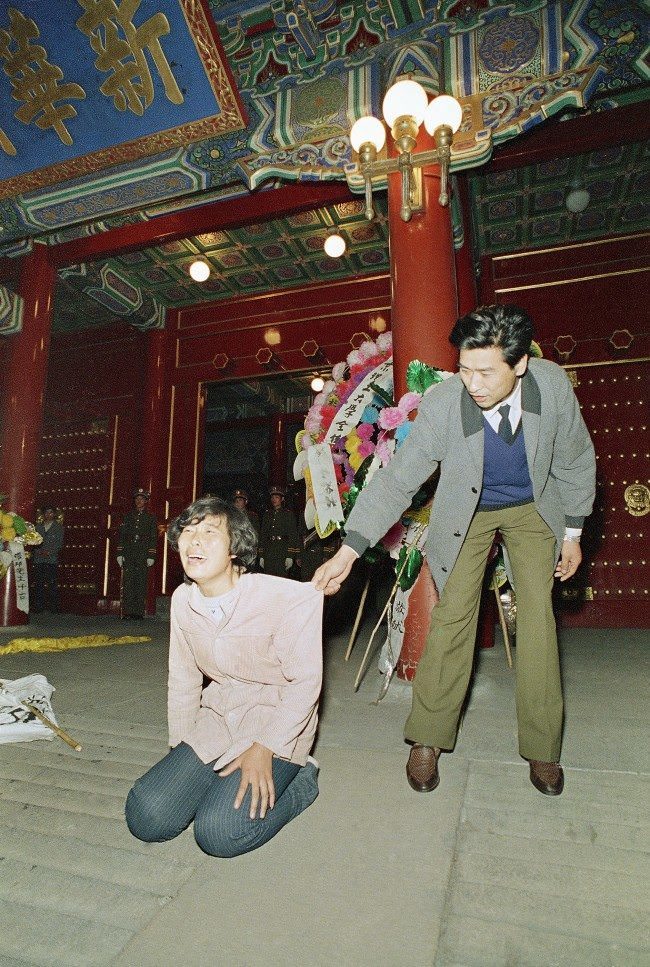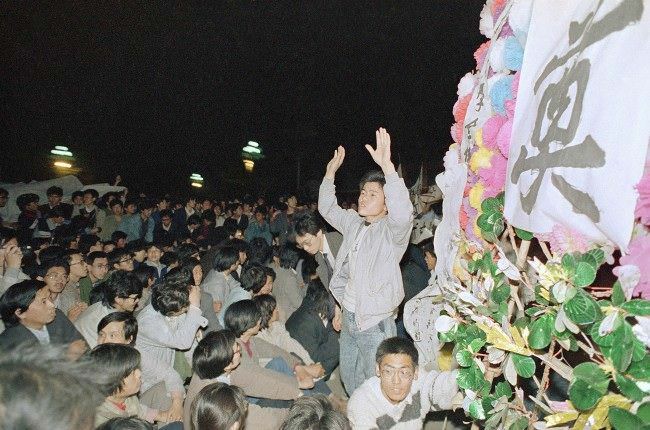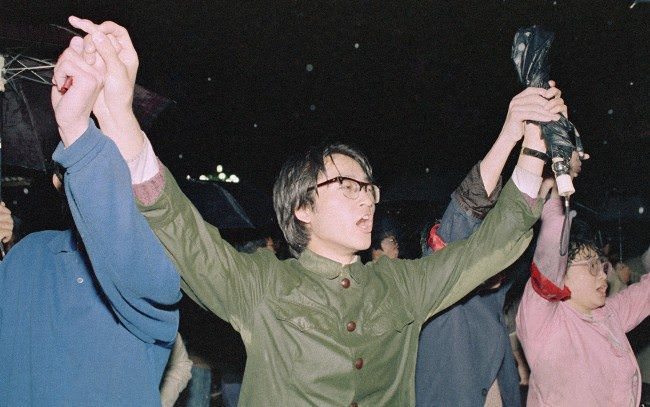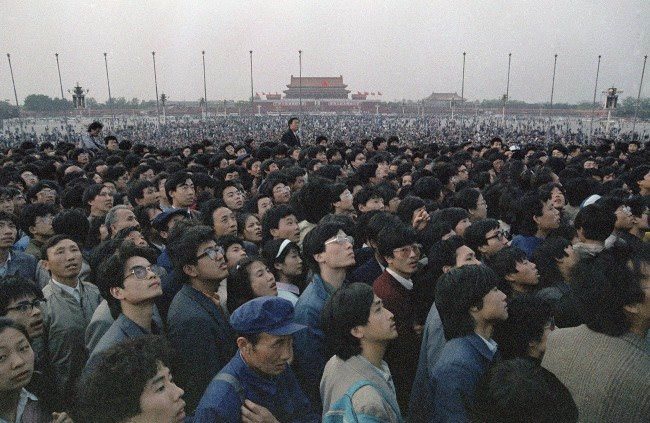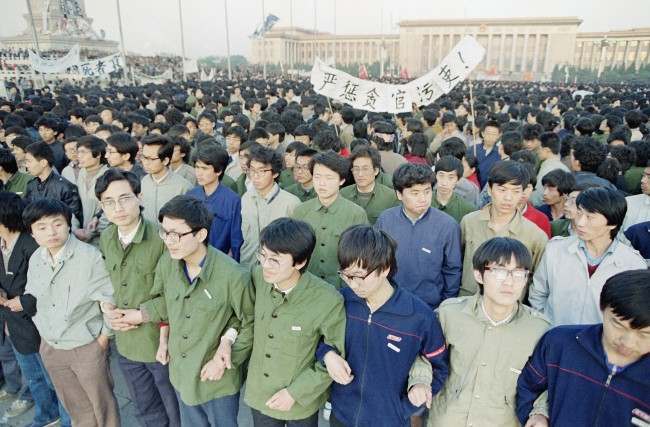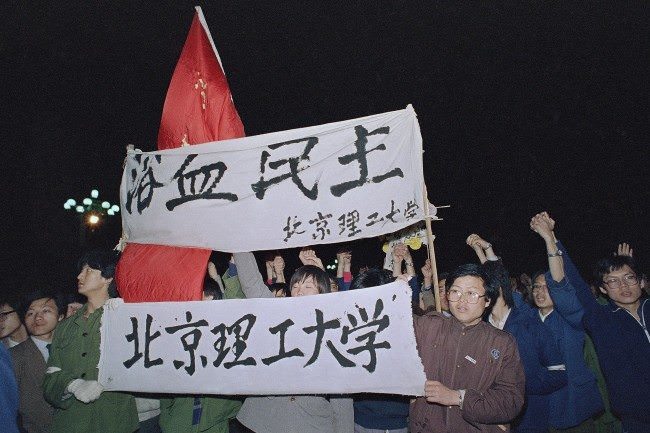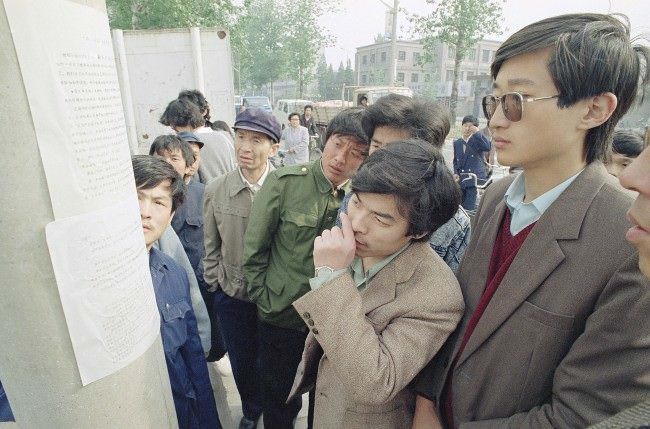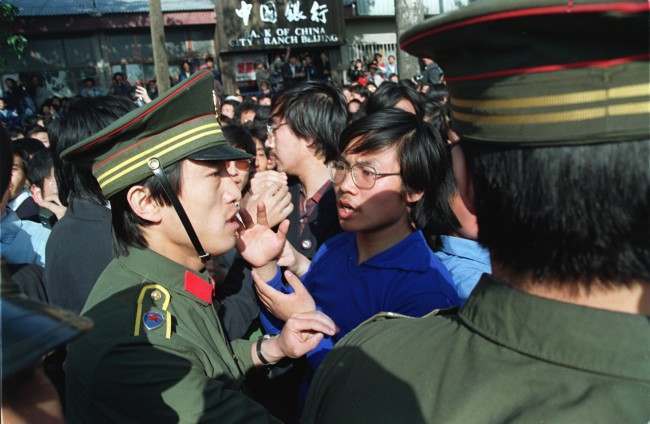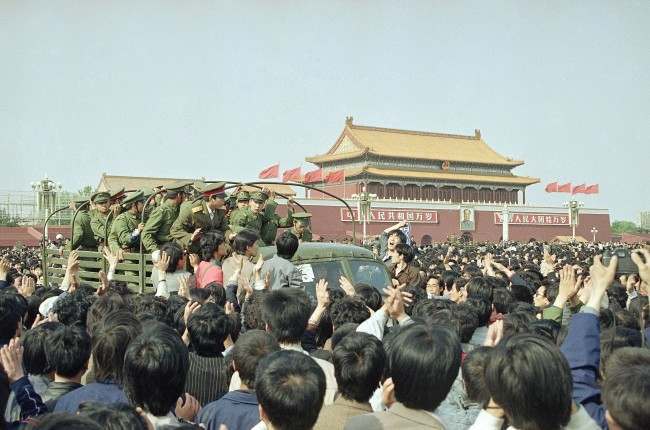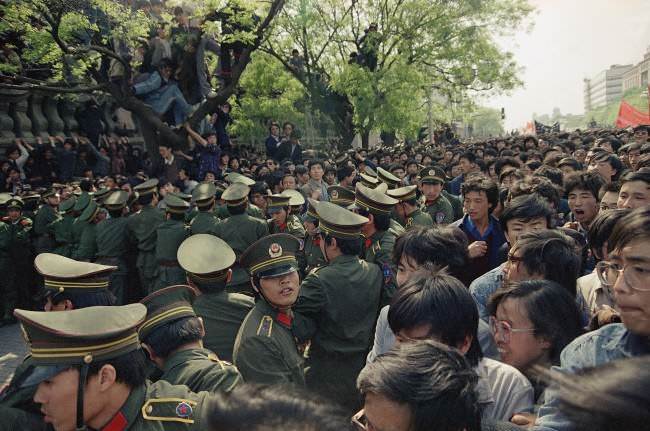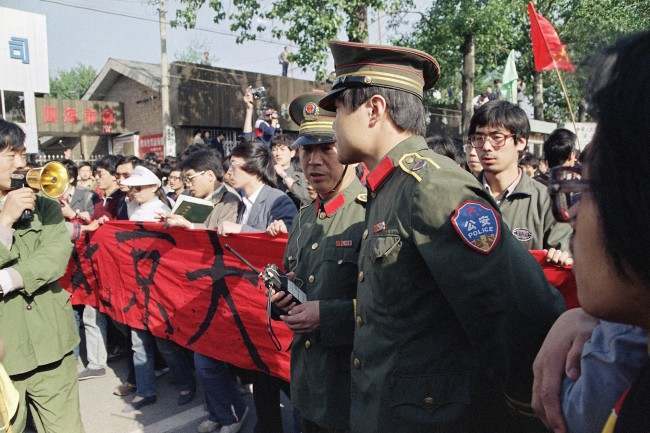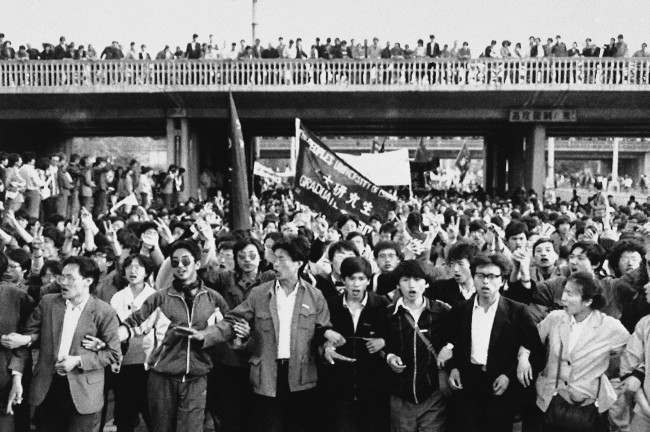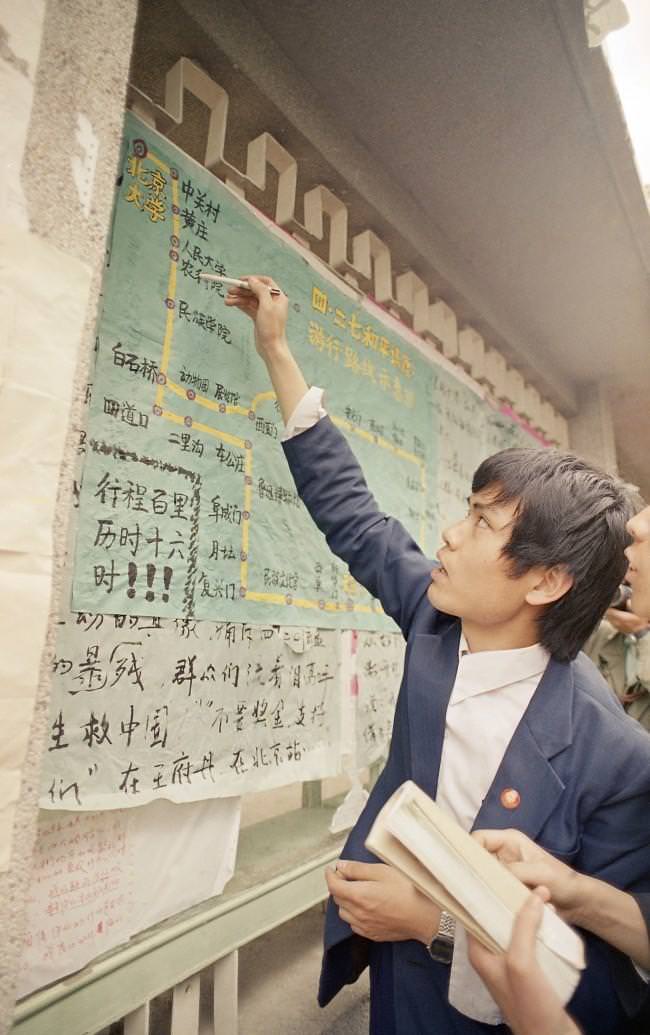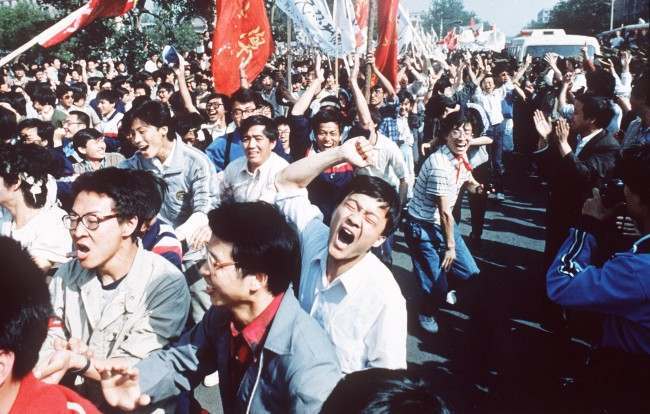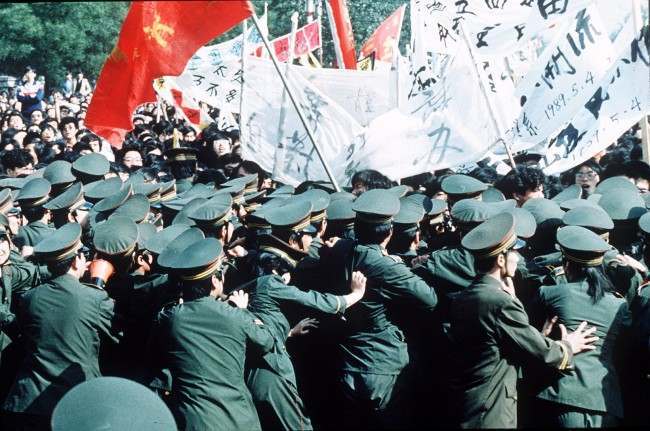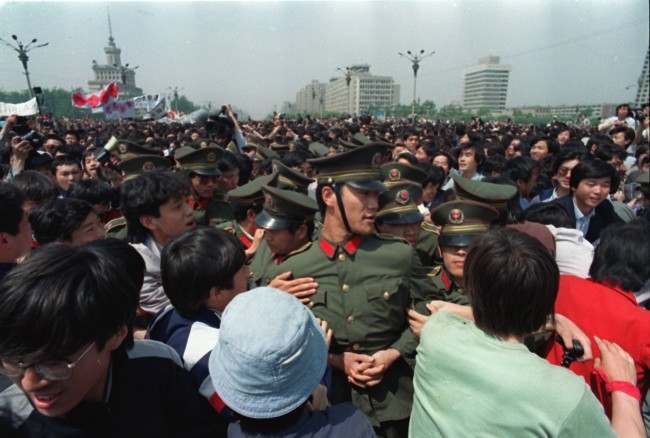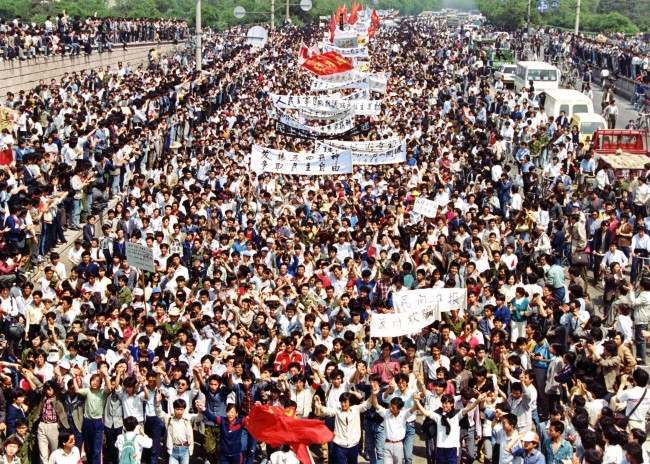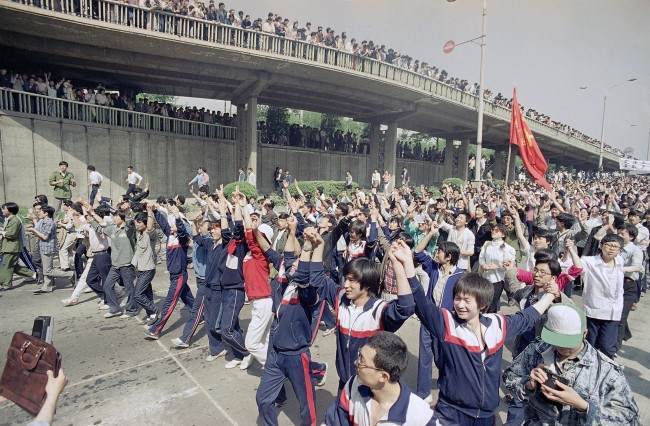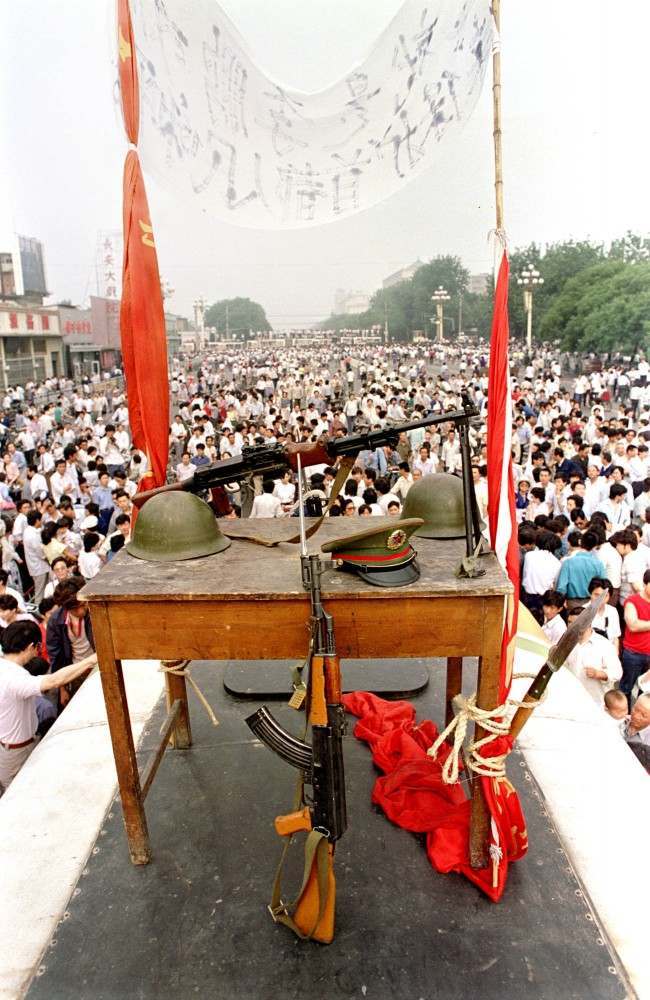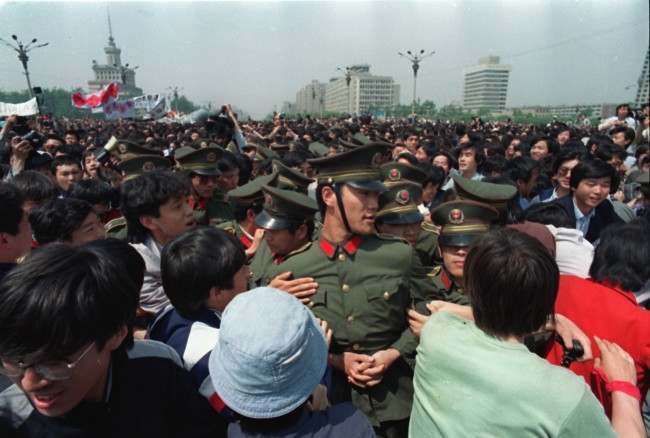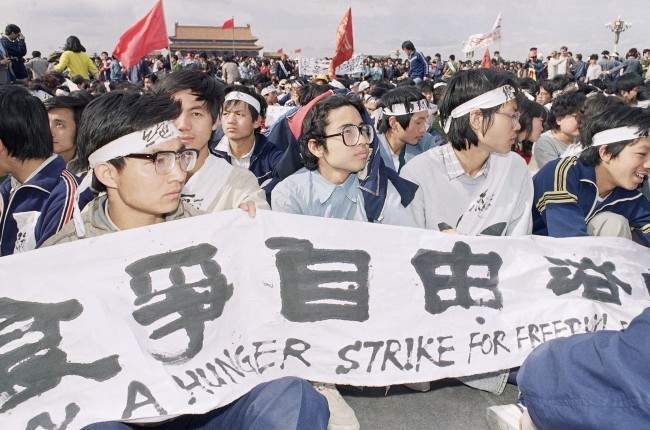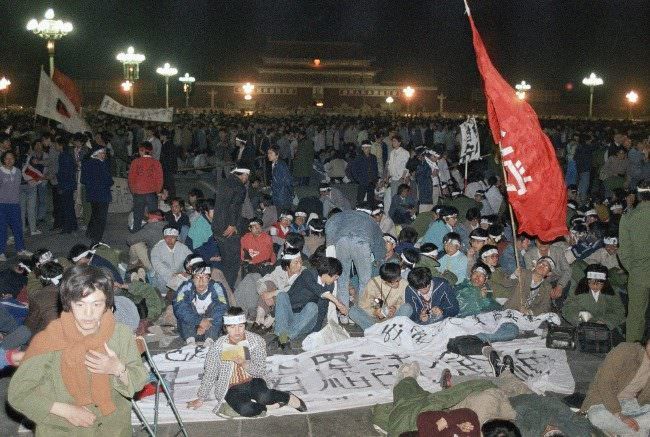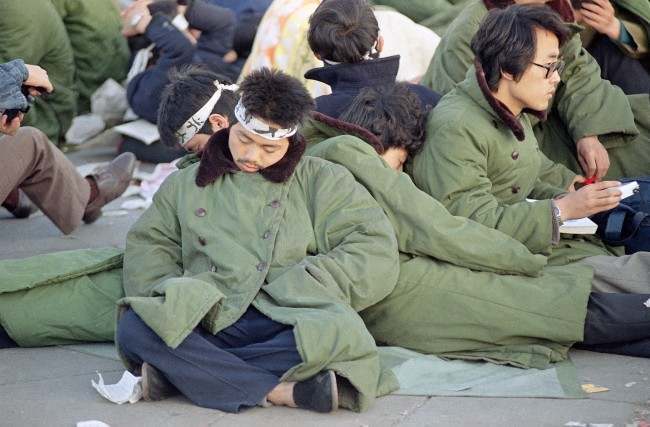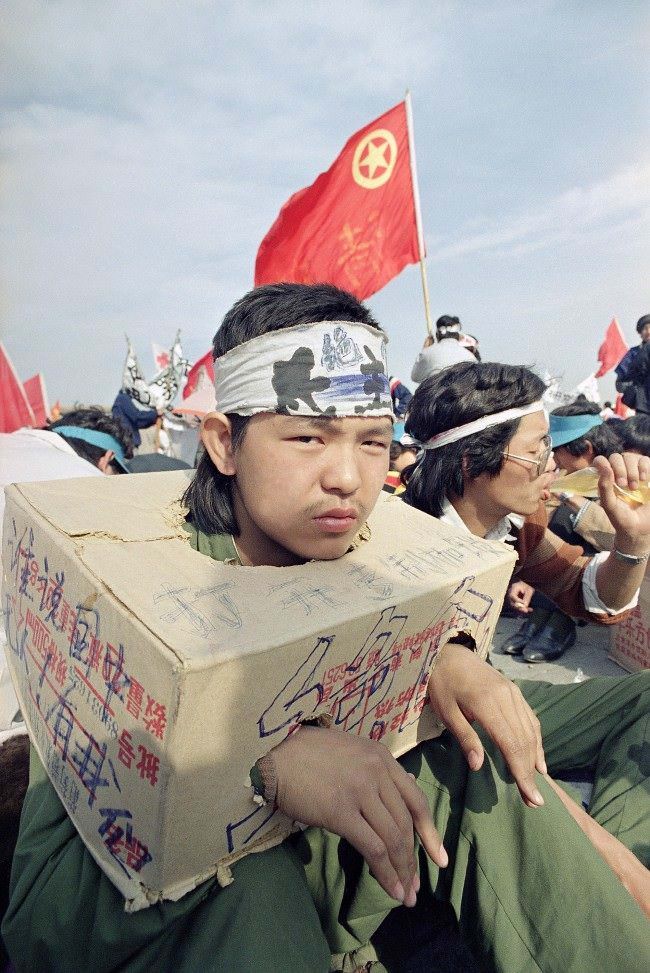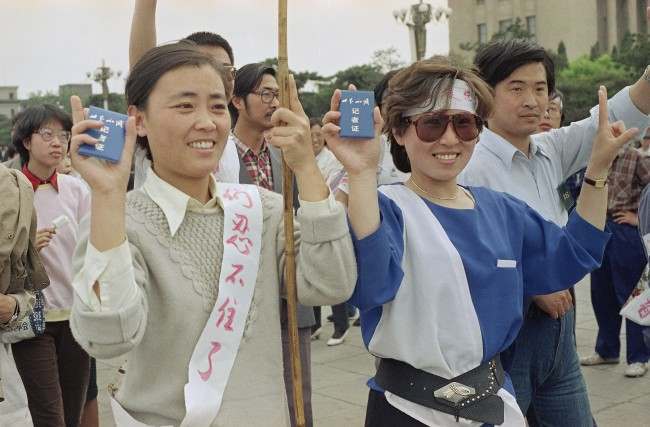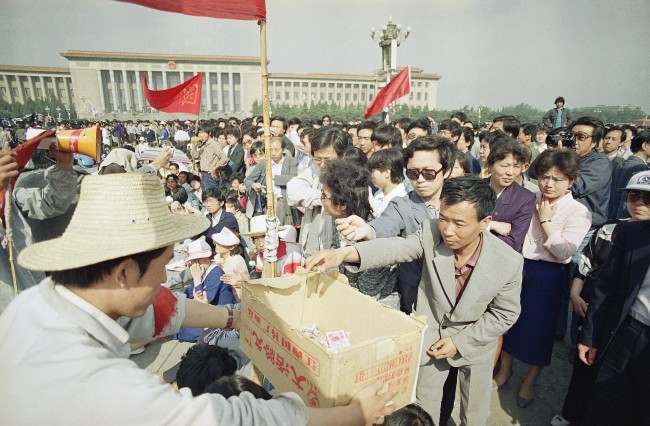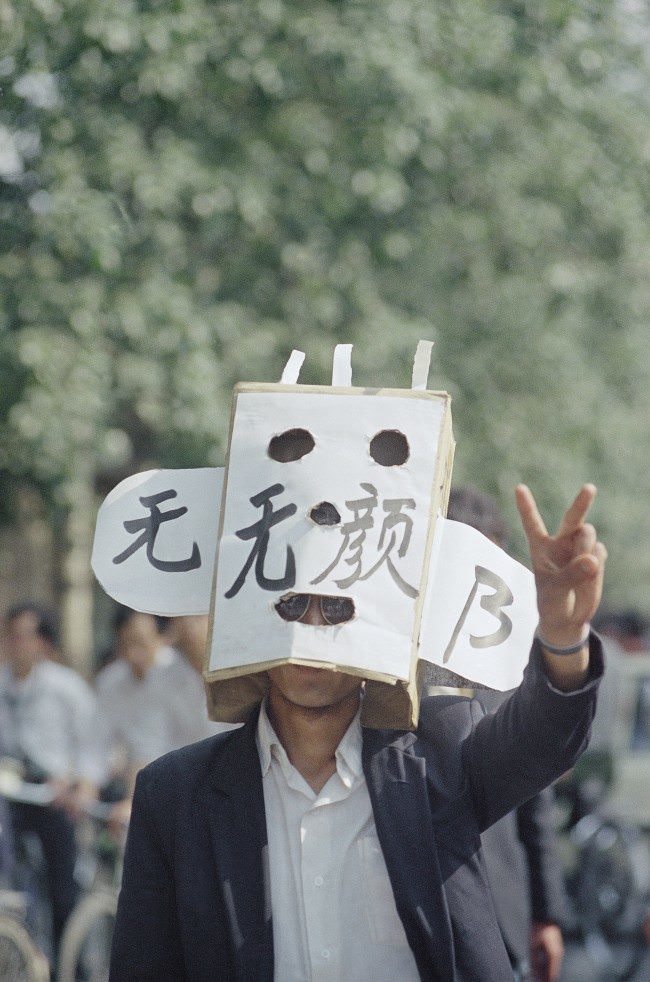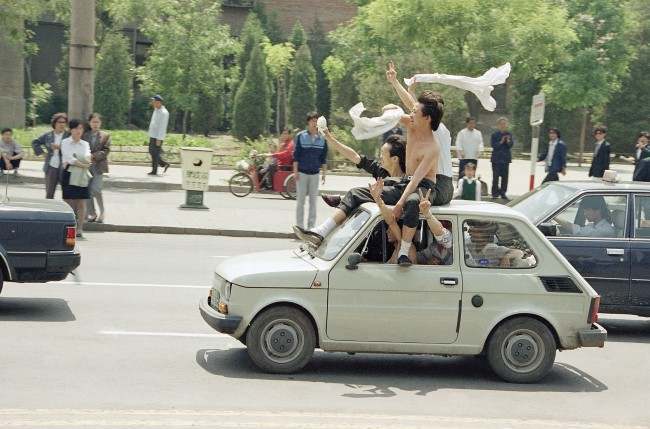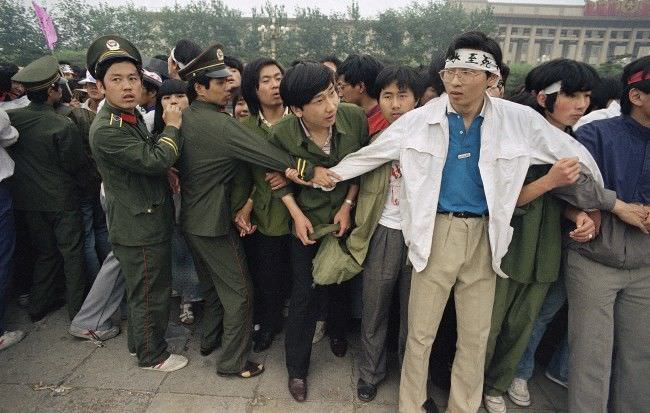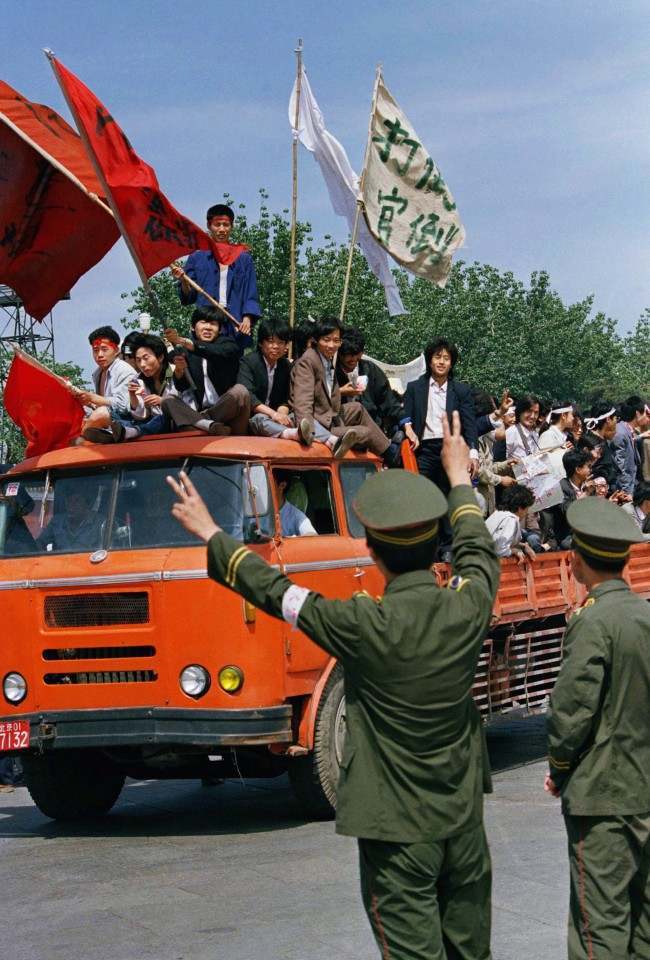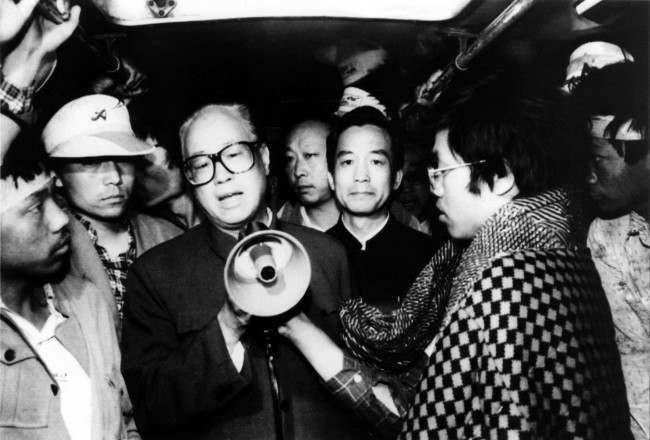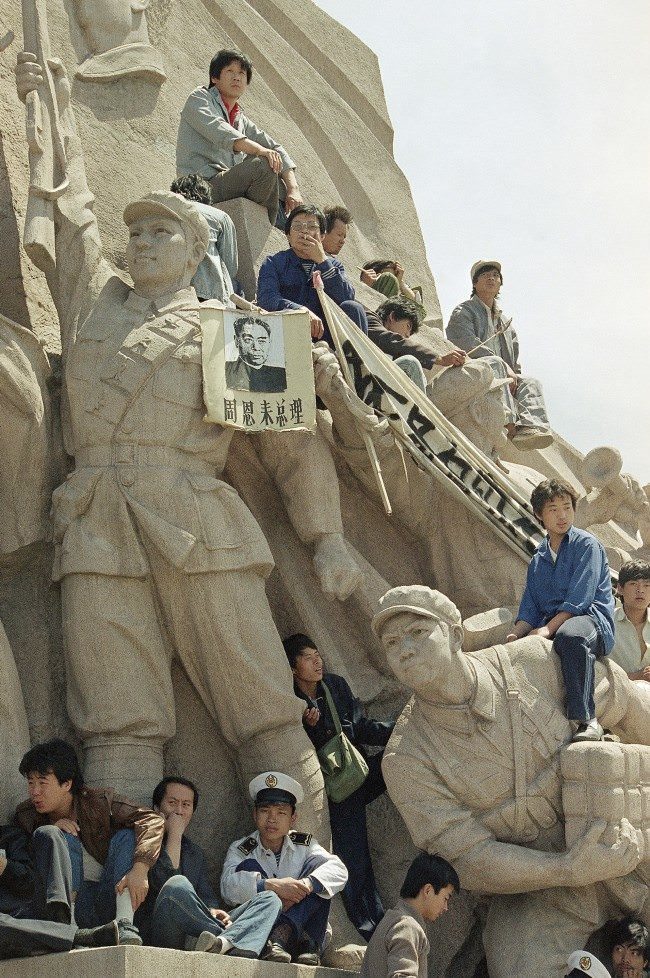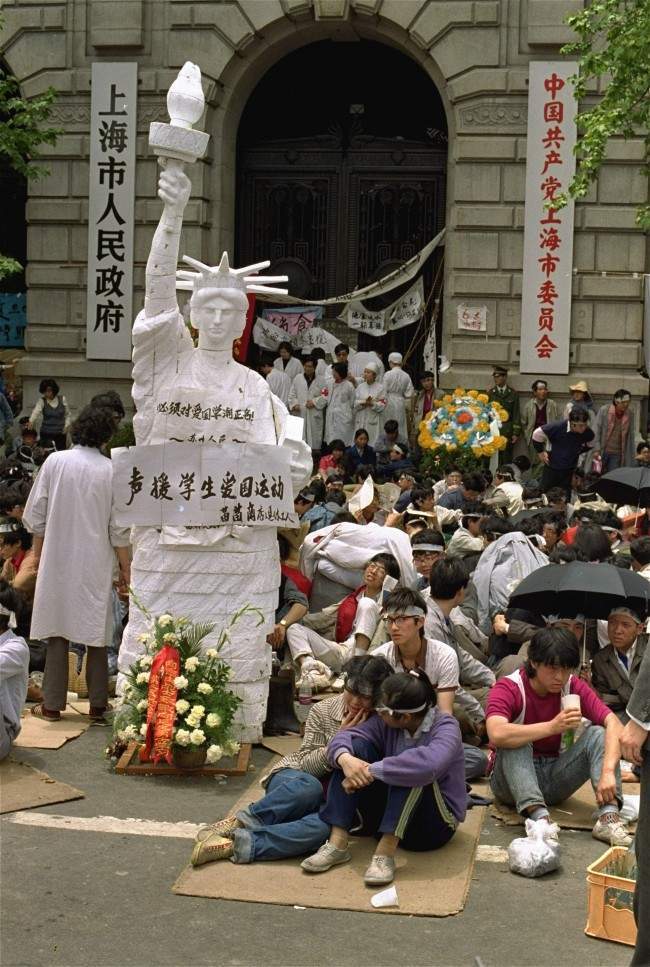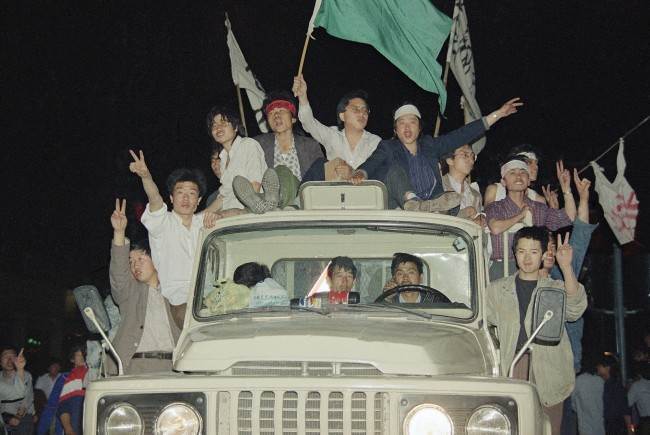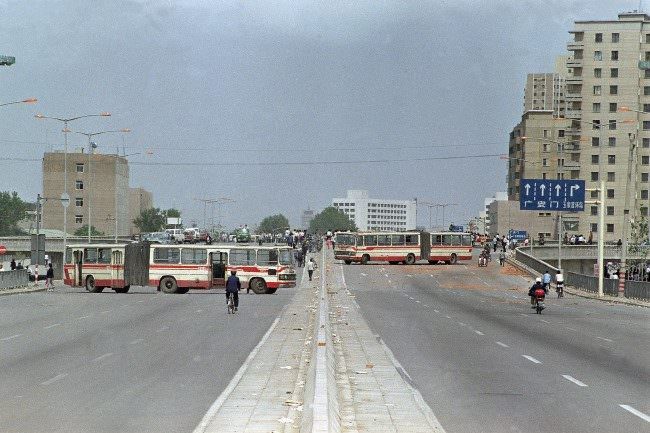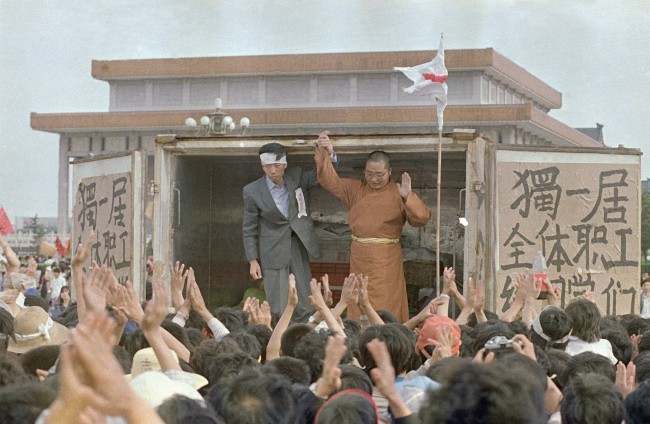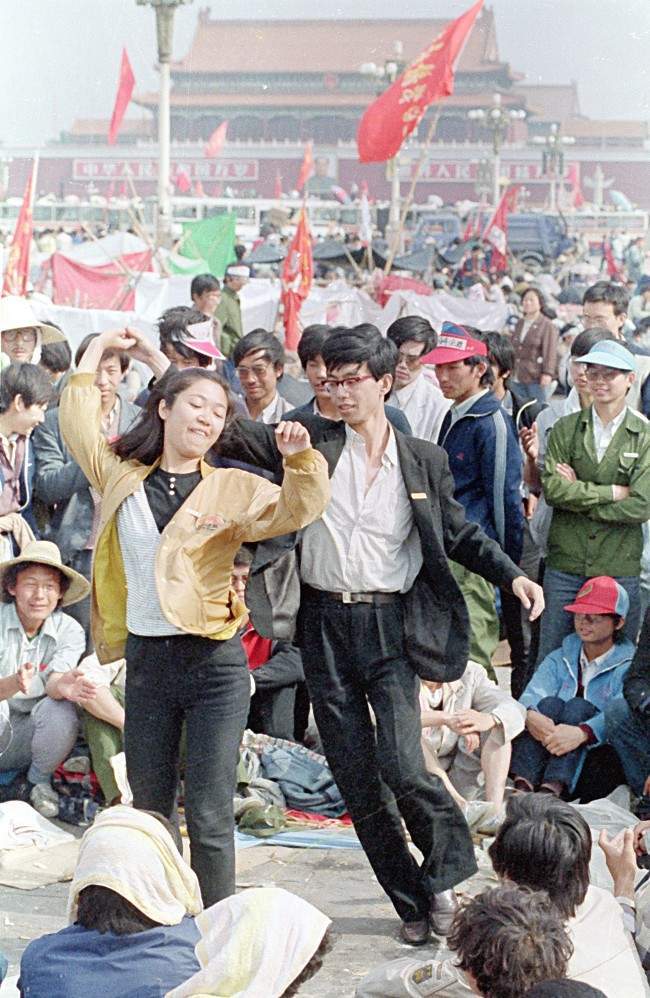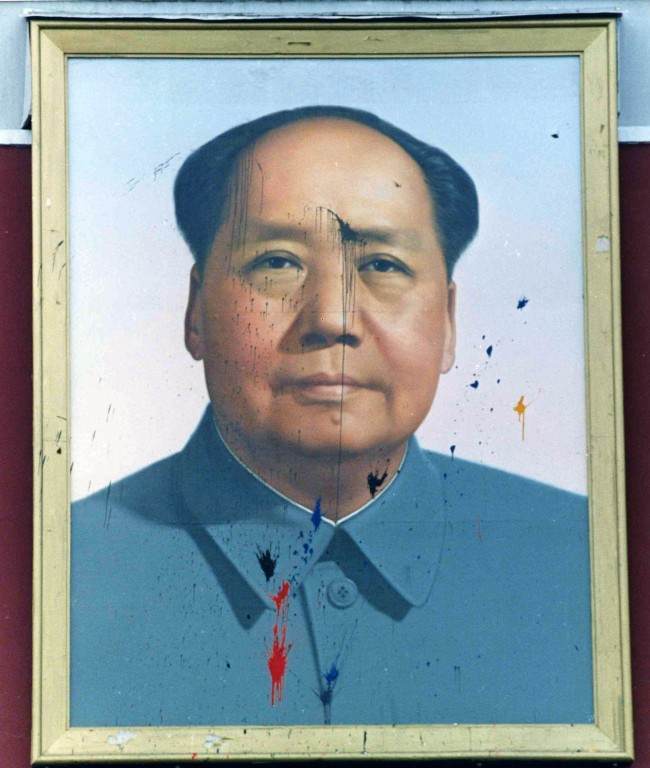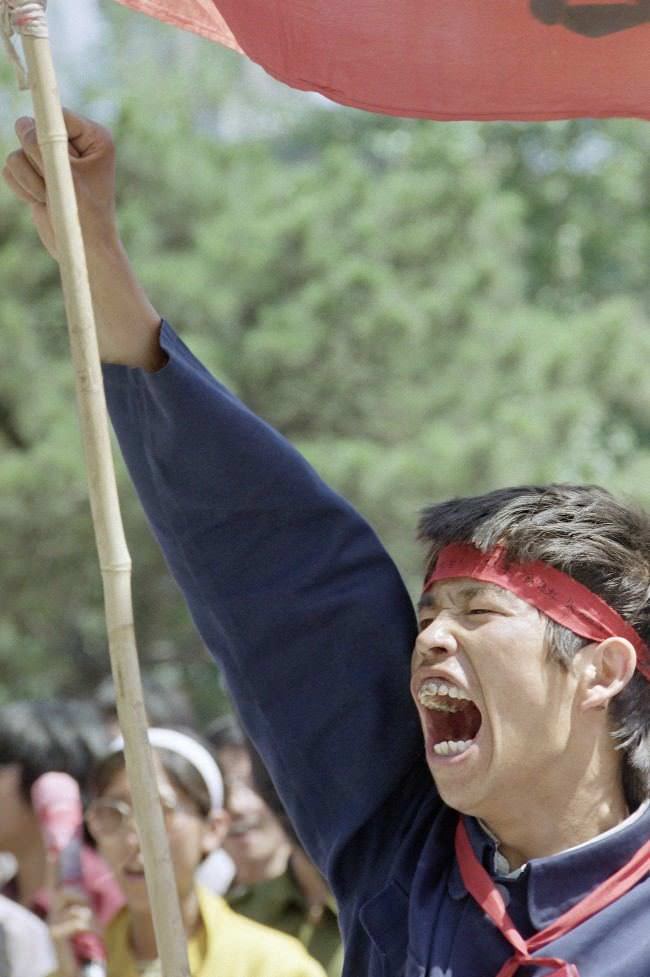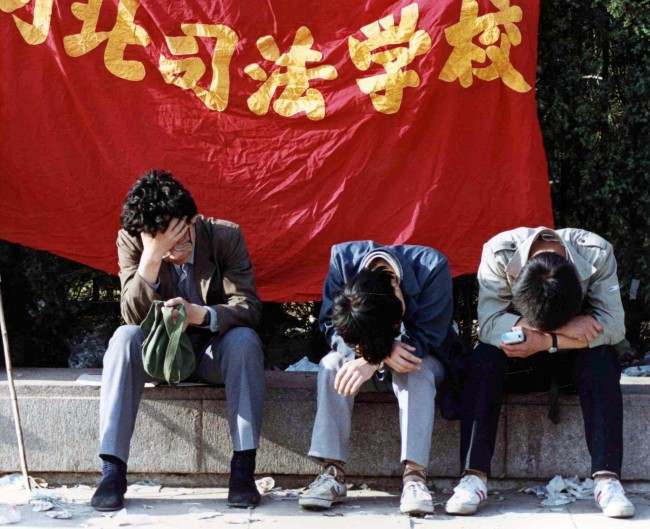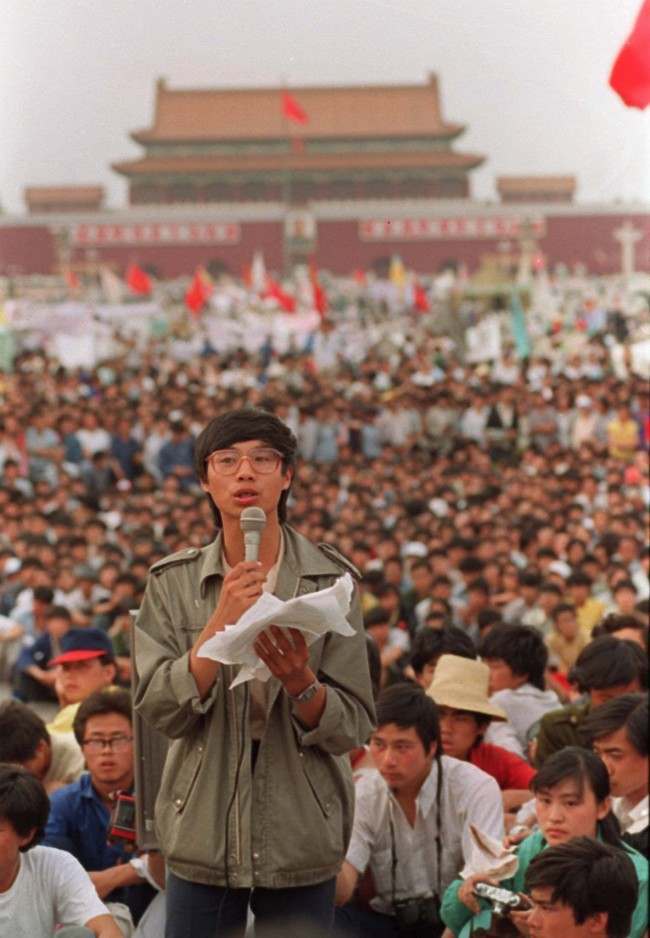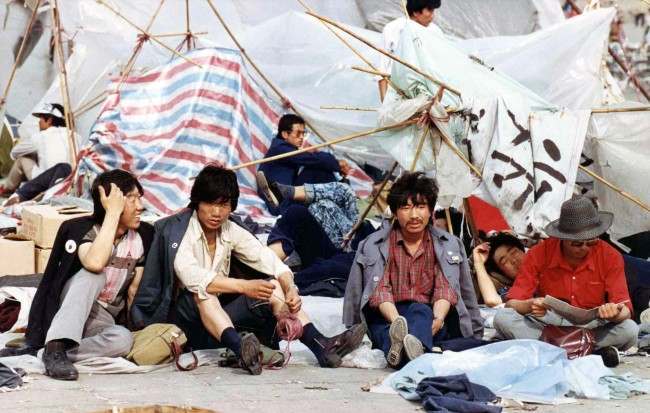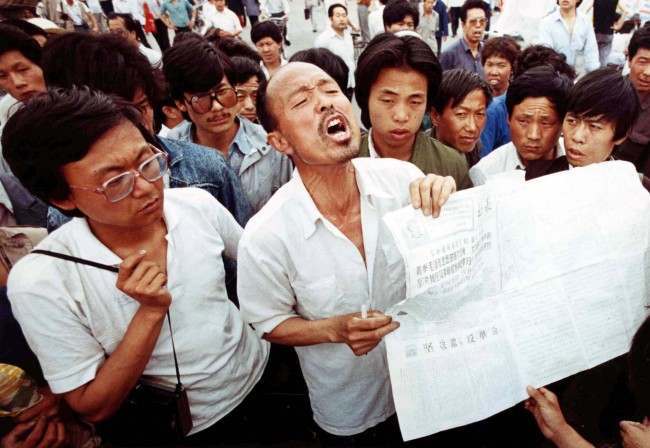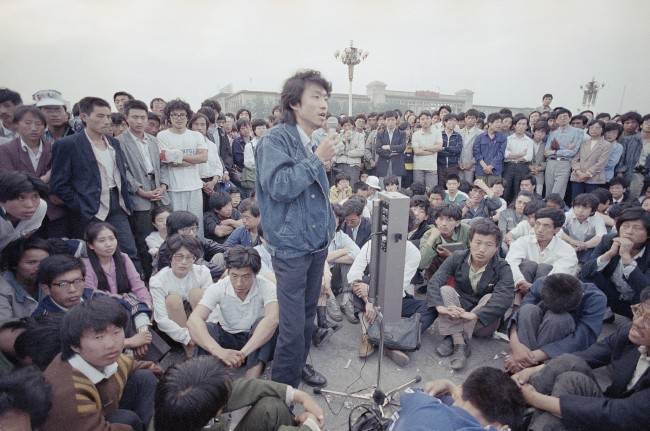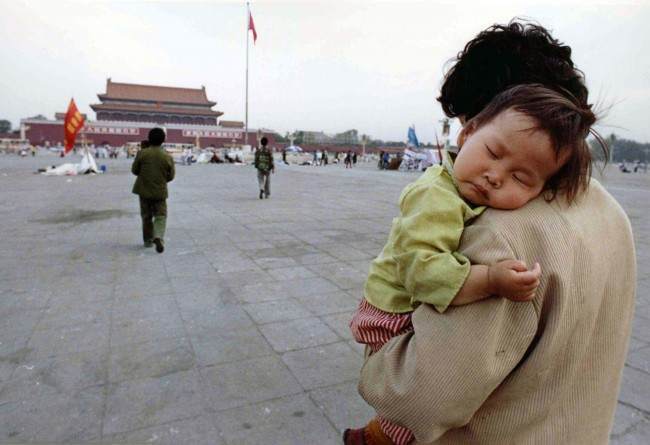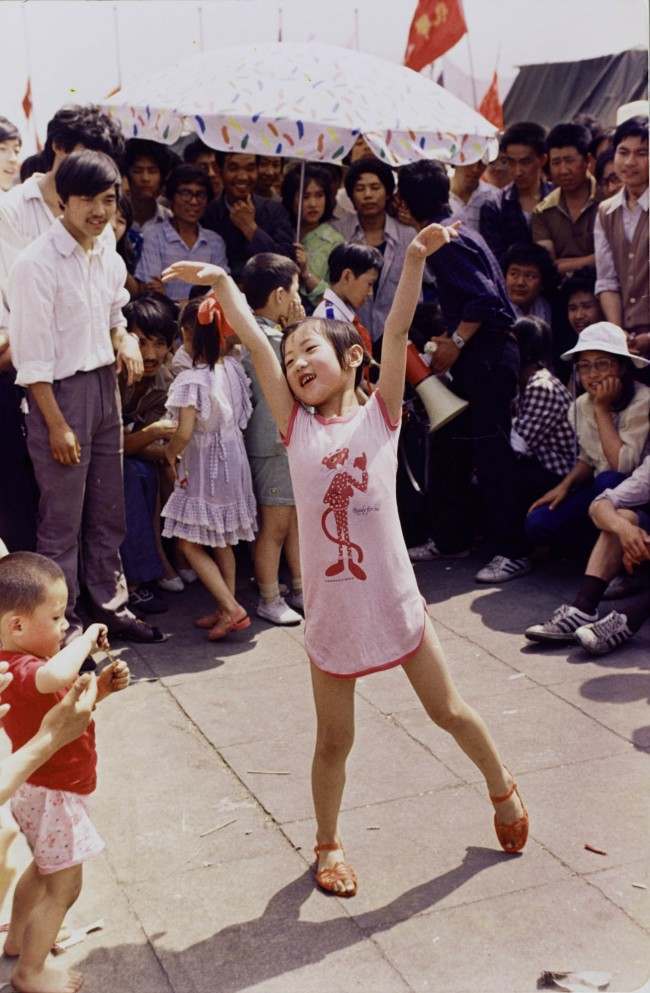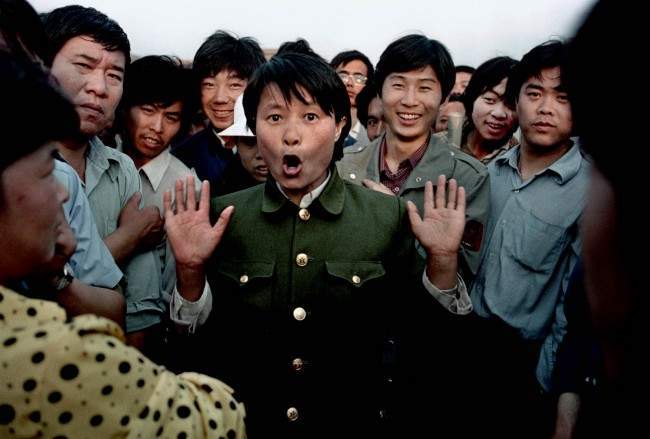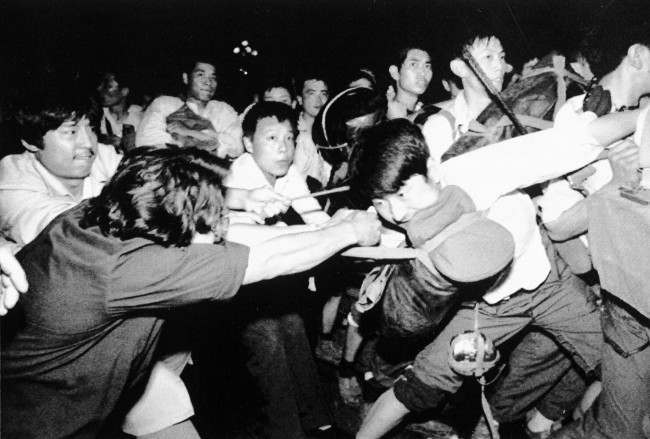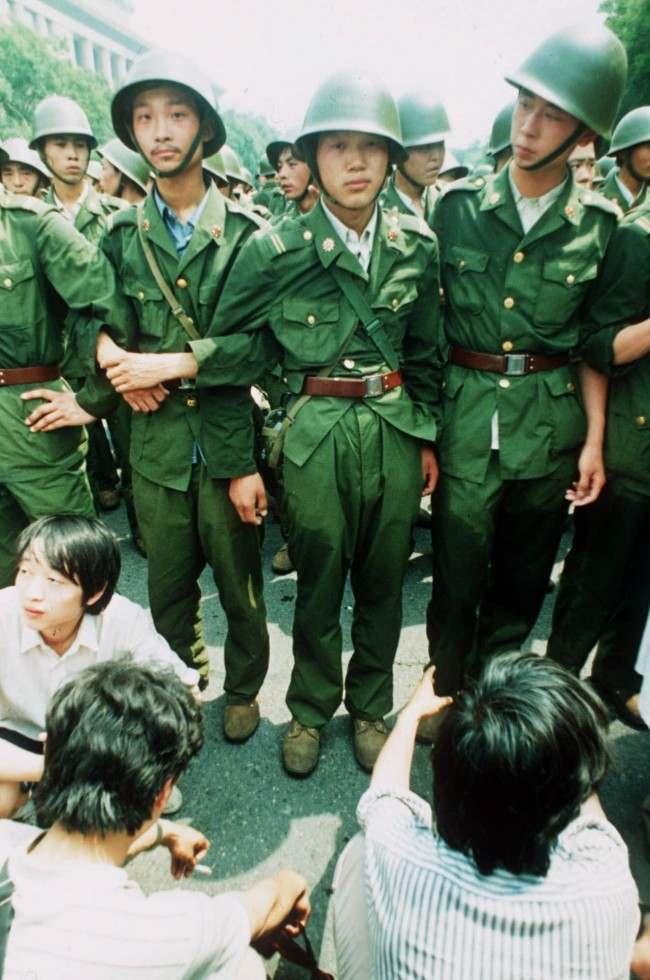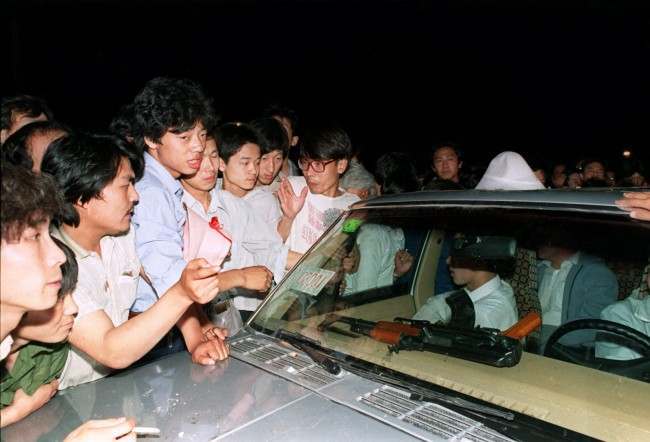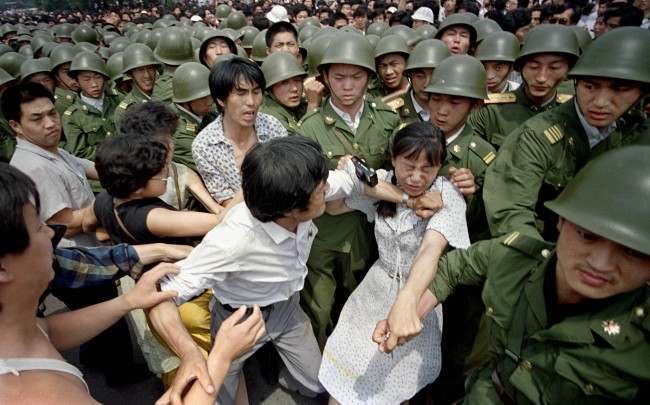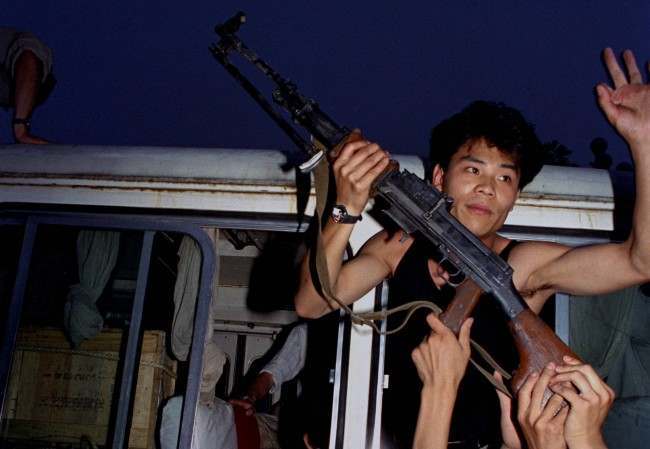In the spring of 1989, Tiananmen Square in Beijing became a vibrant hub for peaceful protests. The square, known for its historical significance, became filled with thousands of students and citizens demanding change. They sought democracy, freedom of speech, and an end to corruption in the Chinese government.
The protests began in April, following the death of Hu Yaobang, a former Communist Party leader who supported reform. His death sparked anger and a desire for change among the people. Students organized gatherings to honor him, but soon, these gatherings turned into calls for broader reforms.
As more people joined the protests, the atmosphere in the square changed. It became a place of hope and unity. Demonstrators set up tents, shared food, and created a sense of community. They held banners with slogans that expressed their demands, such as “Democracy” and “Freedom.” Music and speeches filled the air as people shared their visions for a better future.
The protests attracted a diverse group of supporters. Students, workers, and even some intellectuals came together, all sharing a common goal. The square became a stage for speeches and discussions about democracy and human rights. Many believed that their voices could bring about real change in China.
The Chinese government viewed these demonstrations as a threat. They worried that the protests could inspire more unrest across the country. In response, the government declared martial law on May 20, 1989. This decision heightened tensions between the protesters and the authorities. However, the demonstrators remained determined to continue their fight for change.
As the weeks went by, the square filled with more people. Each day, more citizens came to support the movement. The atmosphere was charged with excitement, but also anxiety. Many knew that the government might respond harshly to the protests, but they felt compelled to stand up for their beliefs.
The events leading up to June 4 showed the power of the people coming together in a shared cause. Tiananmen Square was a place of hope, where citizens stood united in their demands for democracy and reform. The peaceful protests marked a significant moment in Chinese history, highlighting the desire for change in a society that felt increasingly stifled.
#1 A People’s Liberation Army Soldier sits alone with his weapons Sunday after his convoy was stopped by demonstrators seen in the background.
#2 President Bush stands on his car and waves in Tiananmen Square in Beijing during a visit to China in this Feb. 25, 1989 photo.
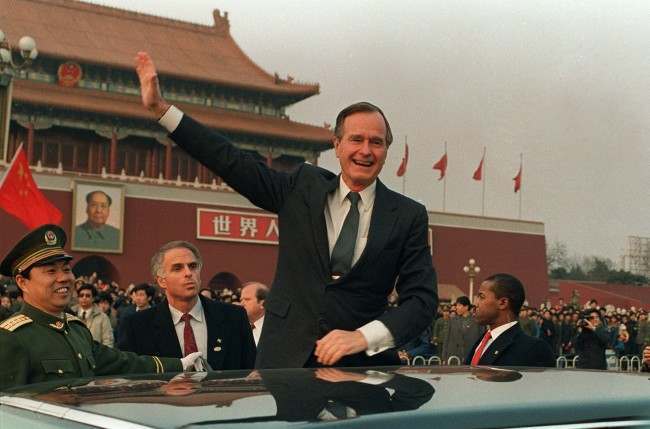
On the wall in the background is a portrait of Mao Tse-tung at the entrance to the Forbidden City. Now that the elder Bush’s son is about to become President George W. Bush, the Chinese are uneasy. While campaigning, George W. Bush and his foreign policy advisers asserted U.S. interests in ways China finds threatening.


